The following list highlights some of the best places to visiting in Afghanistan. So if you are in Afghanistan, I recommend visiting the following:
- Wakhan Corridor, Badakhshan, Afghanistan
- Bamiyan Valley, Bamyan, Afghanistan
- Band-e-Amir National Park, Bamyan, Afghanistan
- Friday Mosque, Herat, Afghanistan
- Herat Citadel, Herat, Afghanistan
- Babur Tomb, Kabul, Afghanistan
- Qargha Lake, Kabul, Afghanistan
- Blue Mosque, Mazar-i-Sharif, Afghanistan
- Takht-e Rostam, Samangan, Afghanistan
1. Wakhan Corridor, Badakhshan
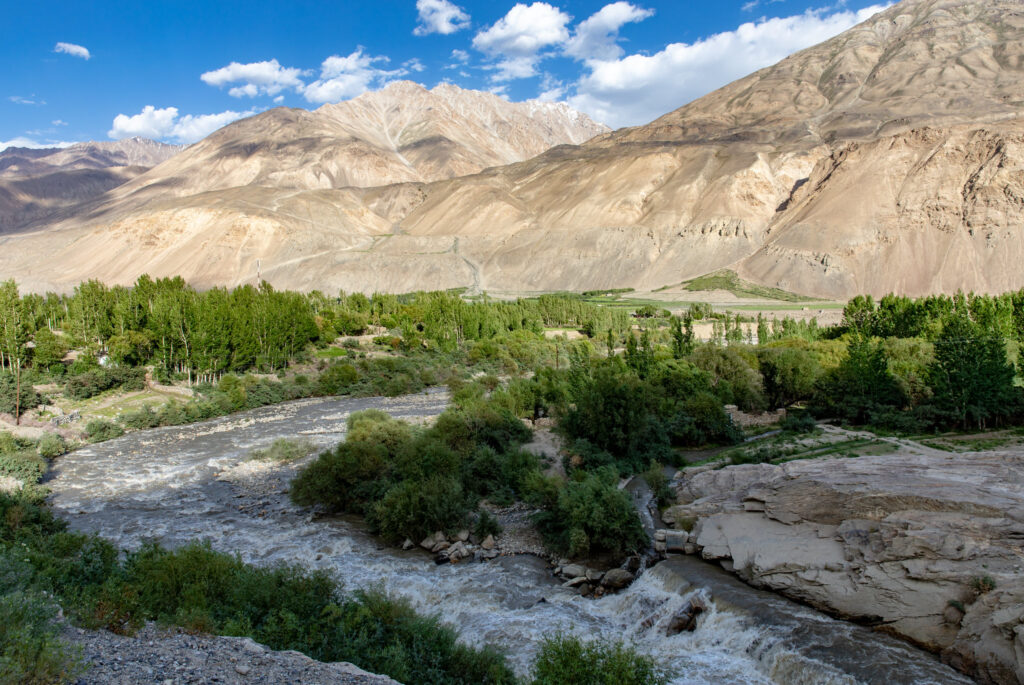
It looks like another world, full of glaciers flooded with light and peaks over 6,000 metres, a landscape covered with beautiful meadows, practically without roads. The difficulties of the territory and the nomadism of its population has prevented the arrival of the Taliban, but, at the same time, it has become a tourist stop for those travellers who enjoy unknown corners of the world.
2. Bamiyan Valley, Bamyan
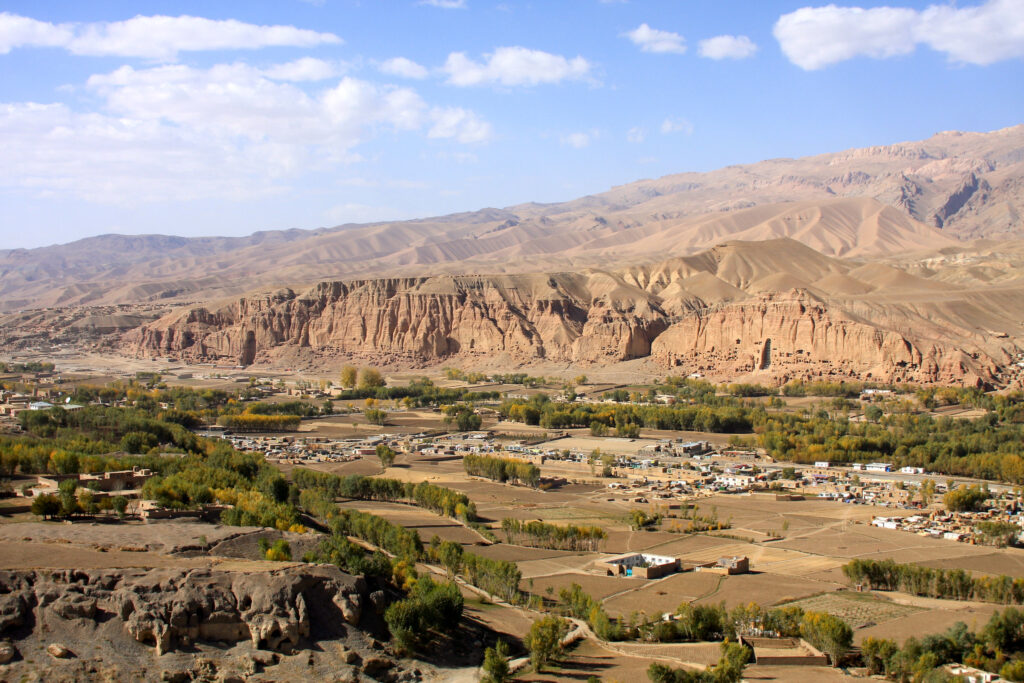
Home to the giant Buddha monuments carved into the side of a cliff in the valley, these Unesco heritage monuments, dating from the 4th and 5th centuries and standing some 38 and 55 metres high, were destroyed by the Taliban and now only remnants and promises of restoration remain. However, despite the security problems to access the area by having to cross areas controlled by the Taliban, the archaeological complex still has many admirers, who even risk their lives to visit them.
3. Band-e-Amir National Park, Bamyan
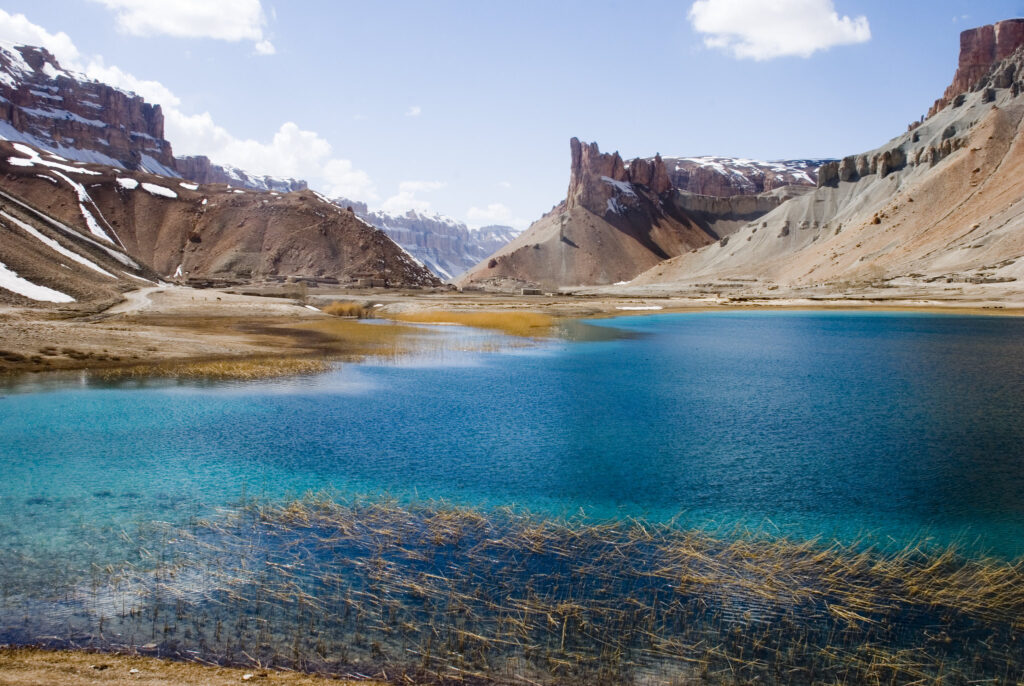
Band-e Amir is famous for the striking colour of its lakes, which are characterised by various shades of turquoise due to their mineral deposits. The deep and intense blue of these lakes is mainly due to the characteristic and almost always clear skies reflected in its clear waters, and a special mineral content that helps its colours stand out more intensely. Only men are allowed to swim in the lake. The exact reasons for this are not known. In addition, there are times of the year when it is restricted altogether due to its extremely cold waters, based on melted snow.
4. Friday Mosque, Herat
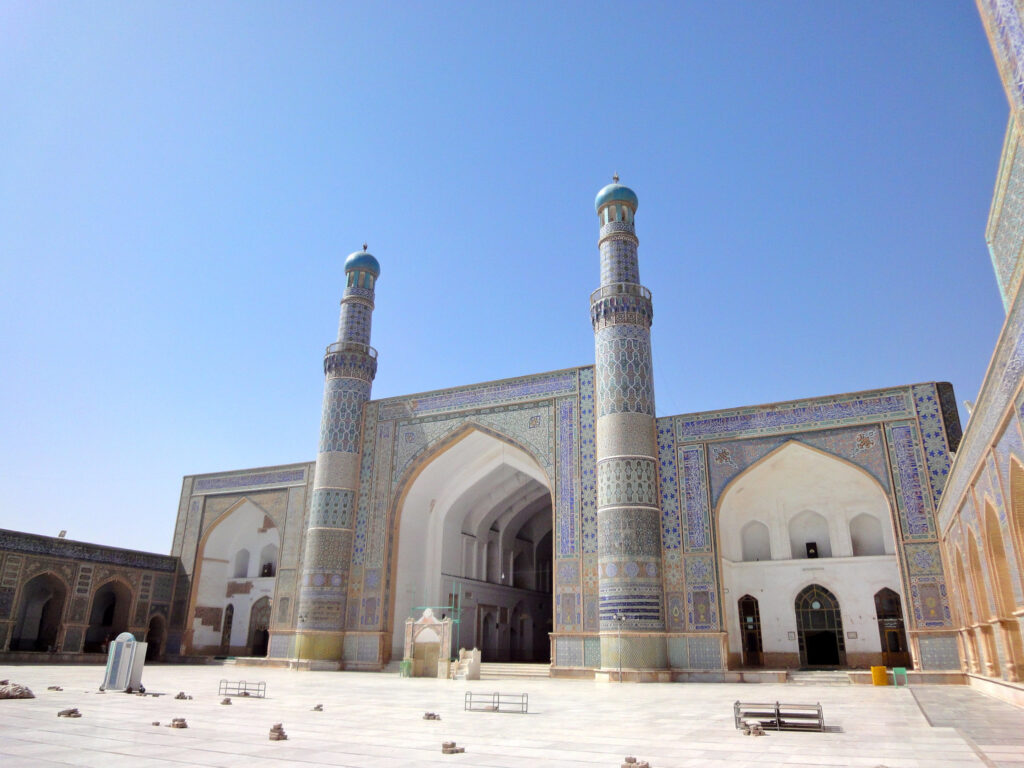
The Friday Mosque in Herat is an interesting place to worship Islam. The Mosque has a rectangular iwan with three walls and a huge central courtyard. Even today part of its original central decoration is preserved. To better appreciate the majestic beauty of the mosque, it is recommended to enter through the large garden. It is the main entrance, on the west side. In the garden there are men praying, others beggars or children playing.
5. Herat Citadel, Herat
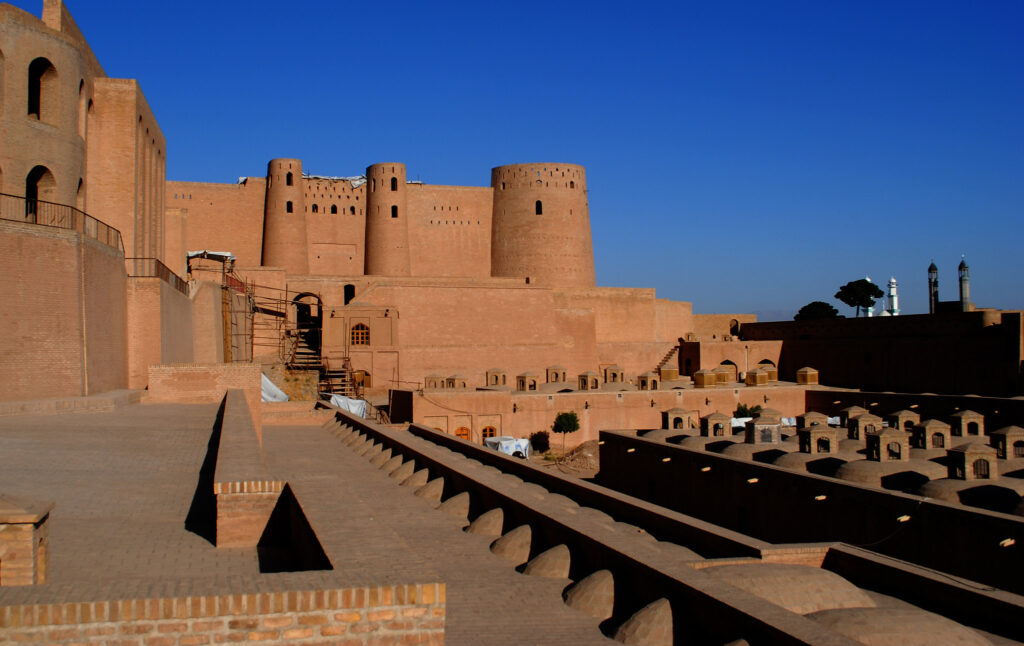
Located in the Hari Valley, this city is surrounded by a mountainous area and the Karakum desert, and is renowned for the quality and flavour of its wines. The Herat Citadel, known as Alexander’s Citadel, houses all the historical content from the arrival of Alexander the Great to the present day. In addition to the historical interest of the citadel, the establishment offers panoramic views of the city of Hérât and the surrounding hills.
6. Babur Tomb, Kabul
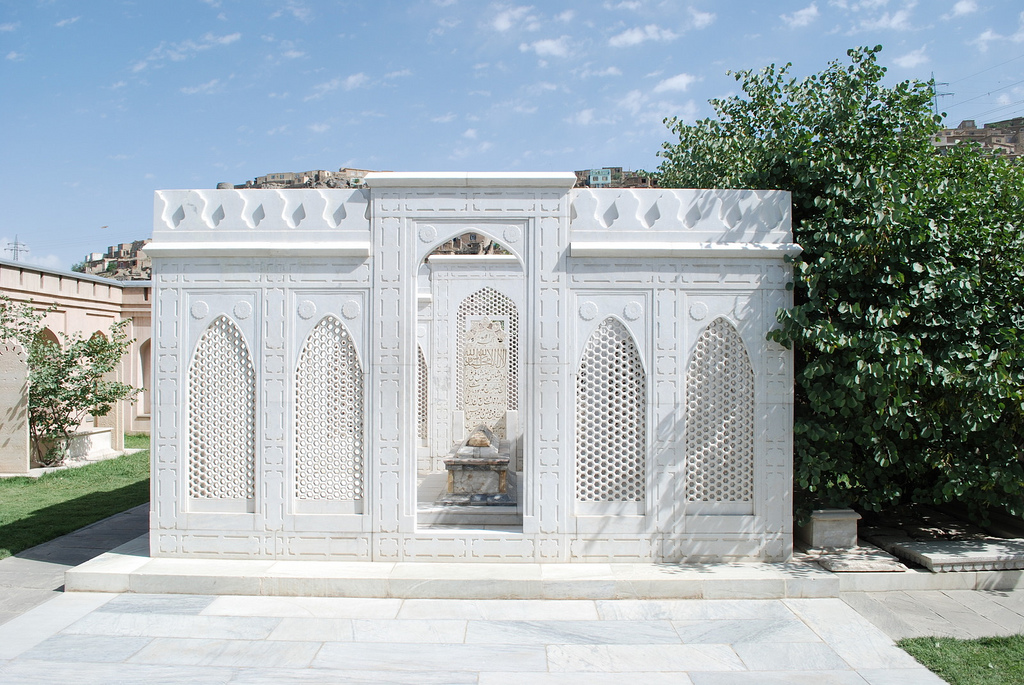
This is the tomb of the first Great Mughal Babar “the tiger”. It is a beautiful marble construction surrounded by a Mughal garden. The tomb and garden were badly damaged during the recent war between the Taliban and the USA; a donation from the Agha Khan allowed them to be rebuilt and today they have regained some of their former beauty. The Bagh-e Babur is today one of the few refuges of tranquillity offered by the convulsed Afghan capital, a common place for couples and many families to stroll and spend a day in the countryside.
7. Qargha Lake, Kabul
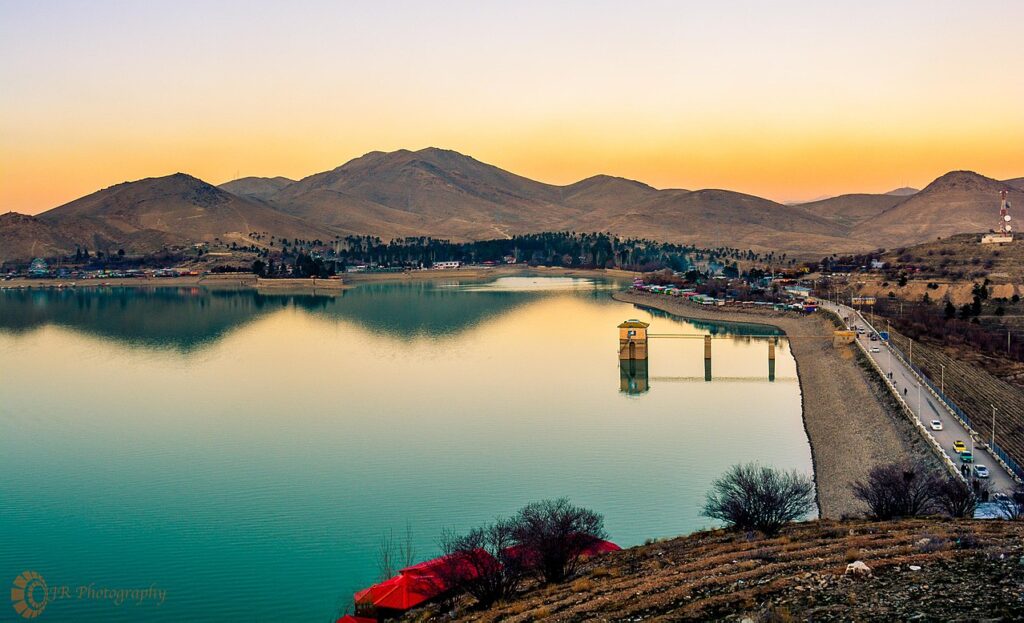
Qargha is a dam and reservoir in Afghanistan near Kabul. It is an area where you can enjoy recreational activities such as boating, fishing, surfing, golfing, etc. For an adrenaline experience and beautiful scenery, you can’t miss Qargha Lake tours.
8. Blue Mosque, Mazar-i-Sharif
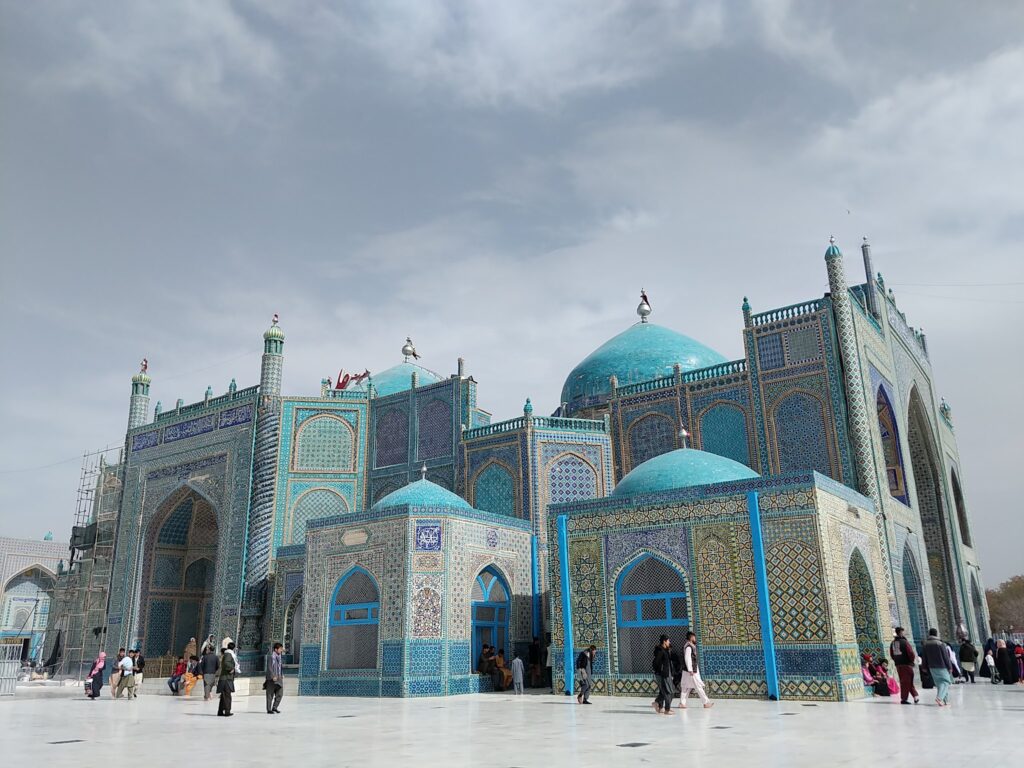
You will see the Blue Mosque from many points of the city, and at first glance, it will remind you of its turquoise blue style to many other mosques in nearby countries such as Iran or Uzbekistan. Its beauty is certainly given by its handmade tiles of bluish tones that cover the facades and domes. I recommend you to visit it, either at dawn, or when the sun goes down. It is a pleasure to sit on the ground in front of it as any local, letting time pass and contemplating the architectural wonder.
9. Takht-e Rostam, Samangan
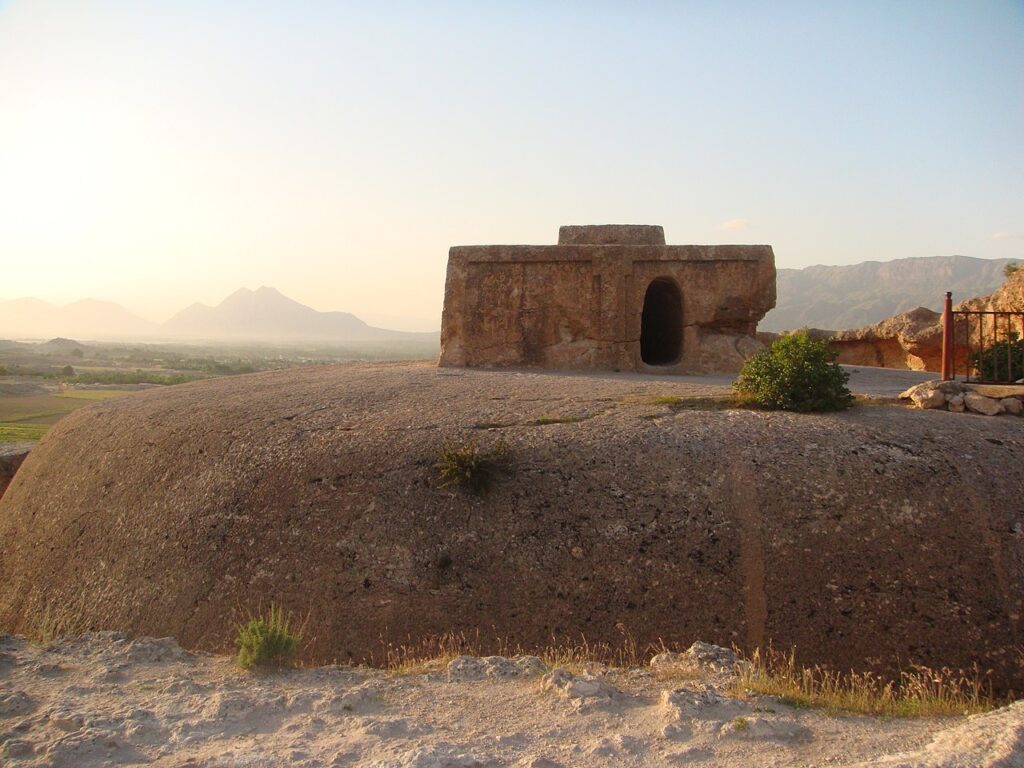
It is perhaps the most impressive pre-Islamic site in Afghanistan. Unlike other stupas, the Tafte Rostam stupa was not mounted on the ground, but carved into the floor in a style similar to Ethiopia’s monolithic churches. A small hole in the roof allows natural light to enter the cave, creating a tranquil atmosphere at sunset.
If you loved this article or found it useful, don’t forget to visit and subscribe to my social media for more useful content. Follow us on Google My Business, YouTube, Instagram, Pinterest, Twitter, Facebook or Reddit and subscribe to our receive our free website content.

